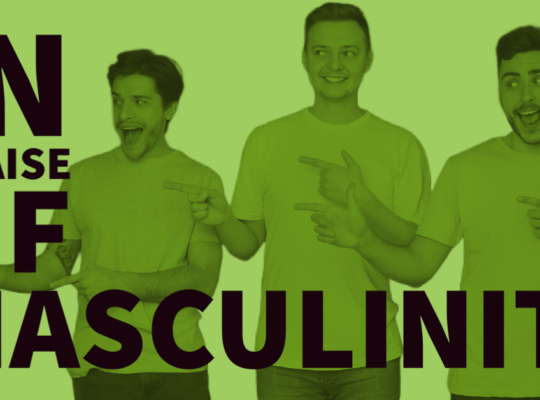Rowena was 22 when she was harassed walking home alone from a night out with friends in 2004.
“I was just passing the town hall when suddenly a voice came out of the darkness.“
“Would you like to feel what’s under my coat?”
“I was terrified. I ran towards home as fast as I could, tears streaming down my face. There were a couple of girls who saw me and asked if I was OK, but I didn’t know what to say or do.”
“When I got home, my partner at the time suggested I call the police.”
“They said they were going to send somebody to patrol the area, but that it was unlikely they would see anyone.”
“My partner said I should have gone straight to the police station after it happened. I don’t know why I didn’t. I just wanted to get away as quickly as I could.
You always think you’re going to react with a humorous comment if something like that happens to you. I was too frightened, probably because I hadn’t been expecting it.”
We hear the stories, we learn all the tactics for “staying safe,” we have all the lessons and we plan our response for when it inevitably happens to us.
Yet when it does we freeze. Why? Because it’s terrifying. It’s terrifying because we know that male violence is real, we know that there is a real possibility this man might hurt us, rape us or murder us. It is true that a woman is more likely to be raped, abused or murdered by a man she knows, but that doesn’t make our streets safe: approximately 8500 women a year (or 23 a day) are raped by a man they don’t know and between 2009 and 2019 119 women were murdered by men who they did not know. These are the stories we see in the newspapers. So when a man thinks he’s being hilarious shouting “do you want to see what’s under my coat” our mind goes straight to the last story we heard of a murdered woman, and we are left wondering if we will be one of those statistics.
So we freeze, or we run, fight or flight kicks in and all the intelligent and clever things we thought we’d do because we’re tough and smart, are left in that inaccessible part of our brain that doesn’t function when our bodies are in panic mode.
This is when the questions start “Why didn’t you go straight to the police?” “why didn’t you use that withering comeback you had planned” “why didn’t you struggle” “why were you walking home alone?” “What were you wearing?” and so on and so forth.
We do this because it makes us feel less helpless. Especially those of us who are women. If we can give women a list of instructions to follow to keep themselves safe we can tell ourselves that violence only happens to “those women” the ones who aren’t sensible, who don’t do all the things they’re taught: the pony tail wearers, the drunk women, the women walking home alone, the women wearing too much make-up or a short skirt, the woman staring at her phone or not looking confident. We can tell ourselves that as long as we follow the rules we will be safe.
But it’s an illusion
We are women
We are not safe.







